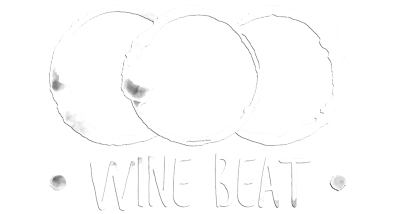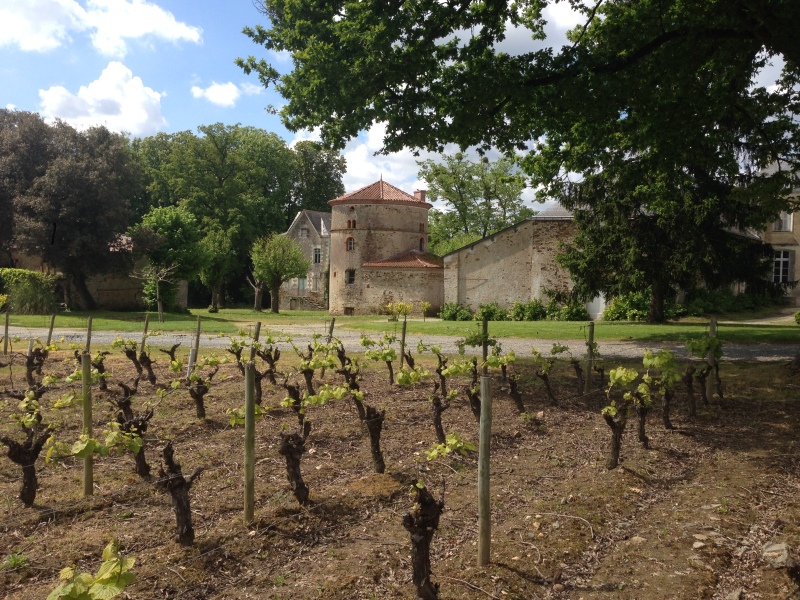
The idea of a wine region and a wine type with a long pedigree implies that the farmers in that region have developed, over the course of centuries, a surpassingly intimate understanding of the nature of their land, the seasons, the soils and the climate. It suggests that the winemakers have, with generations of shared experience, come to understand their viticulture and their winemaking and how it must be husbanded to harmonize with those natural factors. The interplay between nature and winemaker is not always perfect and mother nature will, inevitably, hand to the winemaker vintages that are difficult. But, when the vintage is at least a reasonably good one, all of those generations of experience coincide with nature and the region proves its pedigree.
The Loire valley’s winemaking tradition has continued largely uninterrupted experience since the Roman occupation. The pedigree is there and the understanding of how to grow great wine in a tough coastal Atlantic region is deep. However, as with many places, wine production has not always been focussed on cutting edge quality. In the case of Muscadet (pronounced “moose-cah-day”) there have been periods when the wines were kind of, well, unexciting. Let’s not forget that two World Wars and decades of economic reconstruction are not the kind of environment in which winemakers are focussed on suiting the palates of sommeliers in London or New York or Singapore. But in more recent times, with relative peace and economic prosperity holding sway, the world’s wine drinkers have had money to spend and they are interested in what the Loire’s long pedigree has to offer. The farmers/winemakers of Muscadet have seized the moment and applied their profound understanding of the place to the task of making wonderful wine.
Why Muscadet Wine From Sèvre-et-Maine
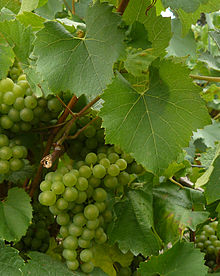
The challenge that Muscadet wine experienced in the 70’s and 80’s was that the wines were good but not inspiring. The long pedigree together with the solid staple Melon de Bourgogne grape variety were not being really exploited to their full. The base character of the Melon de Bourgogne grape when grown in Muscadet is a relatively light, fresh, salty and bright wine with really pretty aroma. Can a wine be too light and pretty? Possibly. Sure the wines were great for quaffing with oysters but they weren’t exhibiting great soulfulness. The application of some innovation has allowed Muscadet to boot-strap itself up to being hip and compelling. Winemakers have sought to provide more substance, character and depth by using skin contact, oak aging and lots of lees contact. The techniques have been very successful yielding wines with a unique resonance – a perfect marriage between innovation and pedigree. And they still go great with oysters!
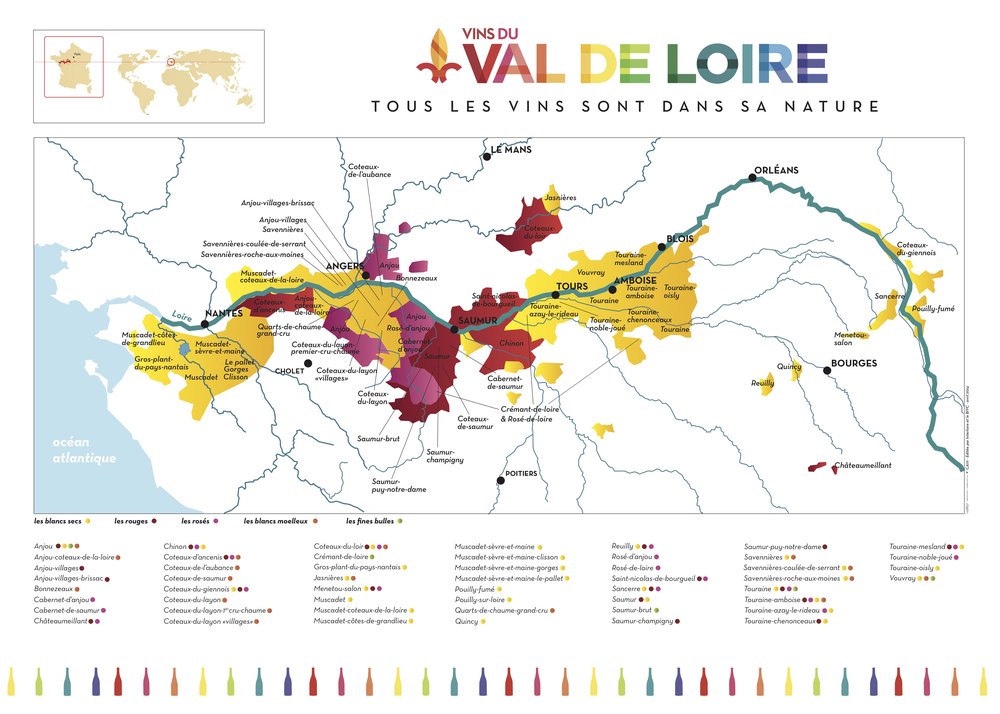
Where is Sèvre-et-Maine?
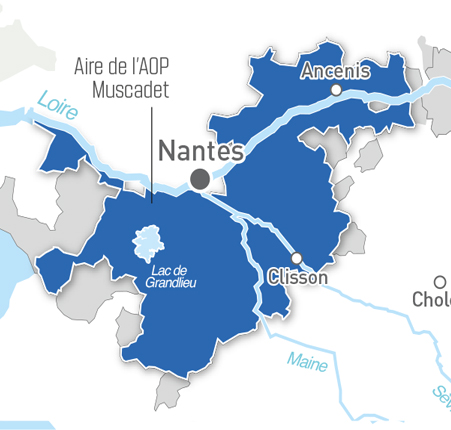
The Loire River Valley wine making regions are dense and varied and stretch over a long section of the Loire from Sancerre and Pouilly-Fumé to the Atlantic coast. Muscadet is comprised of several sub-appellations and they sort of crowd around the city of Nantes. Sèvre-et-Maine is just south of Nantes and takes its names from the Sèvre and Maine rivers which flow through it into the Loire. The climate here has a character all its own. The Loire River is large at this point and has a moderating effect on the grapes grown close to it. However, the proximity to the Atlantic marks the region with wet and sometimes cold conditions. The Melon de Bourgogne grape variety is well suited to the frost and disease pressures of a cold, wet climate.
Who Are The Winemakers?
There is a large fraternity of winemakers and Sèvre-et-Maine is not the only sub-region producing great Muscadet wine. The other sub-regions are Coteaux de la Loire, Cotes de Grandlieu and Coteaux d’Ancenis. Among all of the multitude of winemakers there are many fantastic wines at great prices. And young winemakers like Pierre-Henri Gadais of Domaine de la Combe are pushing the boundary of what Muscadet wines can be. Here are a few examples of the producers:
When To Visit Sèvre-et-Maine?
The winters here can be a bit chilly so visiting between April and October are best in terms of weather. However, the Loire River Valley wine industry prides itself on being the top wine tourism destination in France and the wineries will provide a warm welcome any time of year. And keep in mind a train from Paris to Nantes only take a couple of hours!
Useful Links:
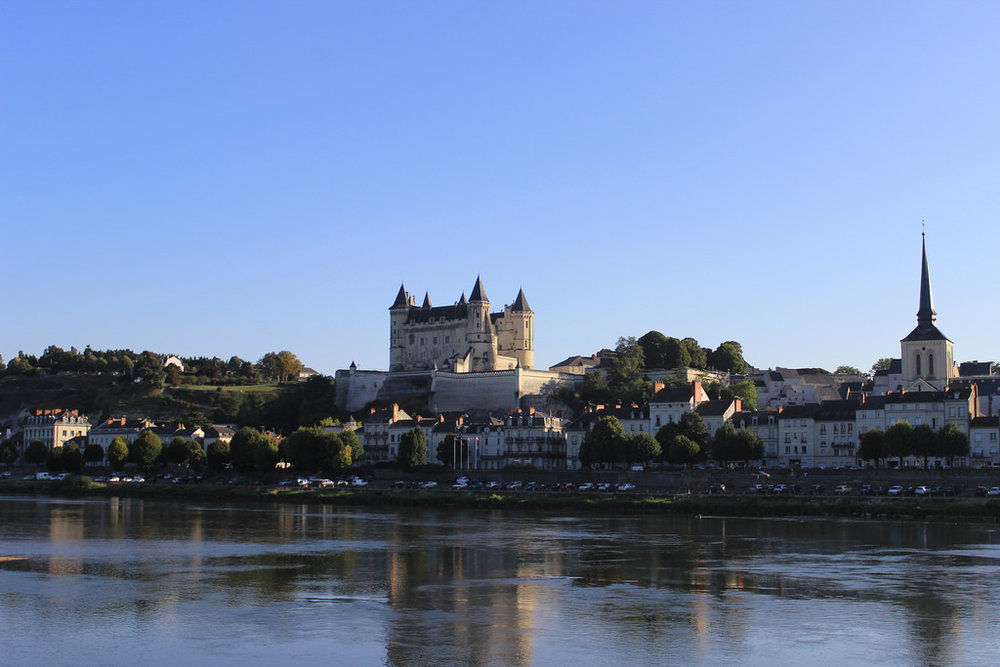
Map and photo credits: www.loirevalleywine.com; VGC Véronique Günther Chéreau, Pixabay
